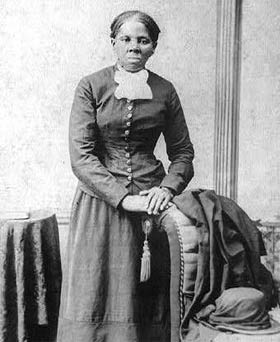Harriet Tubman Underground Railroad National Monument
Blackwater National Wildlife Refuge (NWR) is located in Dorchester County on the Eastern Shore of Maryland and is believed to be a former hiding place for 19th century slaves who were traveling on the Underground Railroad to find freedom in the north. Harriet Tubman, who was one of the most famous conductors on the Railroad, was born in this area and spent her childhood as a slave working on farms that abut or are included within the boundary of the Refuge. As a young adult she worked as a timber laborer on the north side of the Blackwater River and checked muskrat traps along the Little Blackwater River.
Despite being illiterate, Tubman managed to escape slavery and then spent the next ten years making numerous trips into Maryland to rescue others, without losing one slave in her care. Tubman served in the Union Army, where she worked as a cook, nurse, armed scout, and spy. Later in life she supported the women's suffrage movement and also created a home for elderly African Americans.
In 2013, the Harriet Tubman Underground Railroad National Monument was created and includes approximately 25,000 acres of federal, state, and private lands in Dorchester County that are related to Tubman's life. Blackwater NWR is part of this monument, which is under the jurisdiction of the National Park Service, although the U.S. Fish and Wildlife Service still manages Blackwater NWR.
Across from the Blackwater NWR Wildlife Drive is the Harriet Tubman Underground Railroad Visitor Center, which is shared by the Maryland Park Service and the National Park Service. The Visitor Center offers exhibits and an interpretive video about Harriet Tubman's work as a "freedom fighter, liberator, leader and humanitarian." The Visitor Center also features a gift shop, information desk, legacy garden, and picnic pavilion outside the building.
Visit the following sites to learn more about these public lands and Harriet Tubman's inspiring life:
- Harriet Tubman Underground Railroad National Historical Park - National Park Service
- Harriet Tubman Underground Railroad State Park - State of Maryland
- Harriet Tubman Underground Railroad Scenic Byway

